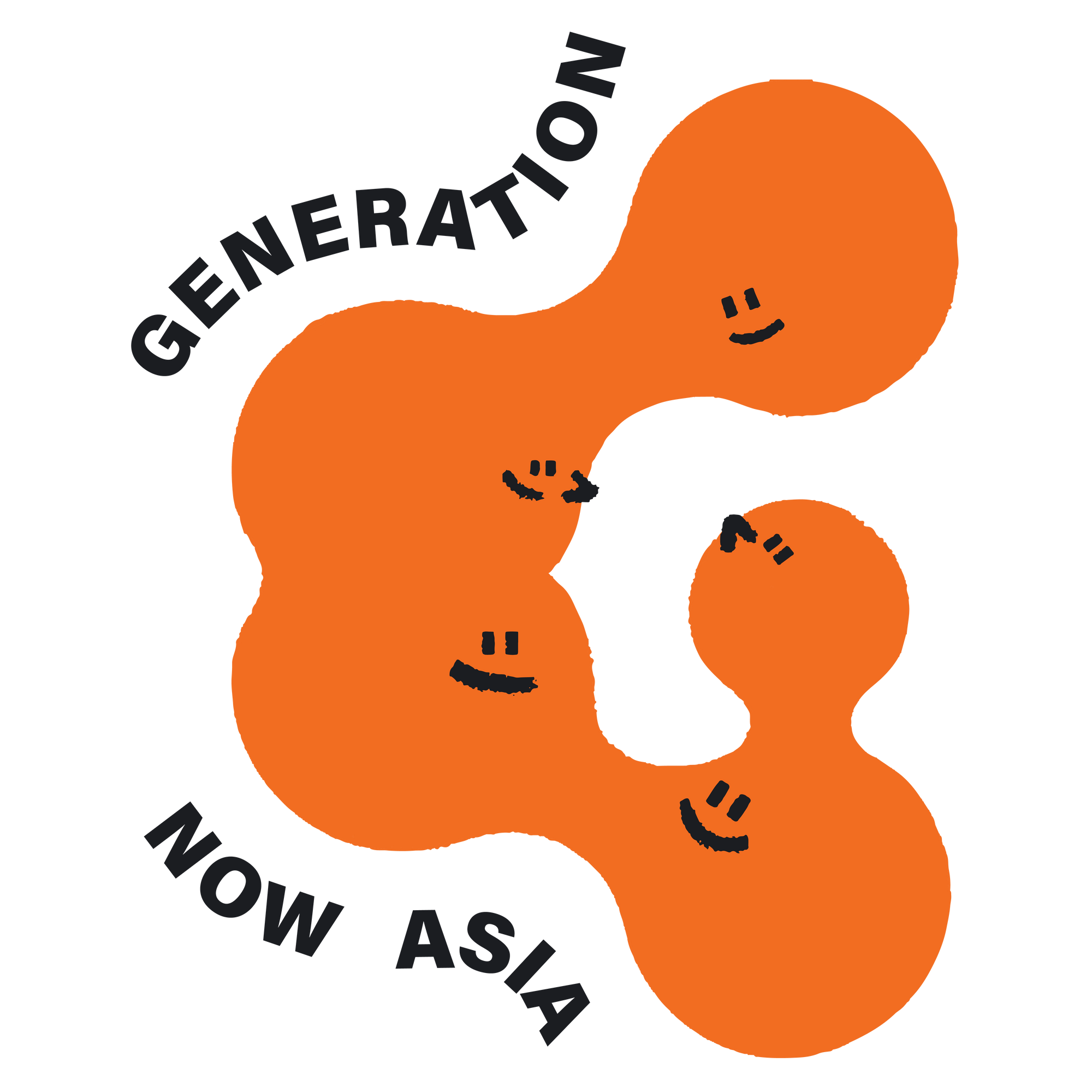氣候變遷就是人權議題! Climate change is a human rights issue!

今天是地球日!
1970 年 4 月 22 日,在美國共有2,000 萬人站了出來(這占了美國人口的 10%!)呼籲加強保護我們的地球,點燃了全球氣候行動主義意識,這一天也成為史上第一個世界地球日。時至今日,每年的 4 月 22 日,氣候活動家齊聚一堂、鼓勵著大家為我們的地球採取行動!地球日就是公民社會的動員行動!
然而,氣候變遷對人權如何造成威脅?與東南亞又有什麼樣的關係呢?
隨著全球氣溫上升,作物生產條件變差,農業生產力將下降、產量減少。作物稀缺推動價格上漲,人民得以更高的價格購買稀缺的農作物,加劇糧食不安全問題,更使得弱勢人群更容易患上營養不良問題。
東南亞因其境內較多的人口和許多低地地形,以及該區域對農業的重度依賴,還有日益嚴重、難以預測的氣候相關災害,成為最容易受到氣候變遷影響的地區之一。
即使東南亞國家排放的溫室氣體比全球北方國家少,卻由於基礎設施和災害應變能力不足,受到氣候災害影響的後果往往更加嚴重。目前每年聯合國氣候變遷大會的焦點之一——氣候融資,便希望擁有更多資金和資源的富裕國家,能支持協助發展中國家減緩並適應氣候變化。
在東南亞地區,海平面上升的威脅迫在眉睫,沿海社區和基礎設施都面臨重大風險。曼谷、雅加達、胡志明市和馬尼拉等首都城市,都可能隨海平面上升而下沉,未來前景堪憂。根據政府間氣候變化專門委員會(Intergovernmental Panel on Climate Change, IPCC)的報告,到2050年,這些首都城市部分地區可能沈入水中,印尼雅加達部分區域甚至可能驚人地被完全淹沒。海平面上升將使越南湄公河三角洲數百萬人流離失所,更嚴重威脅本就飽受沿海洪水之苦的馬尼拉1300萬居民的性命。
此外,氣候變遷對原住民族的影響尤巨。東南亞是1.5億原住民族的家園,他們的土地和生計深受水資源減少和森林破碎化的威脅。原住民社群與土地間有著社會和精神上的連結,氣候變遷影響了他們傳統食物製作和保存的方式,再加上森林大火帶來的空氣污染,都增加了他們所面臨的健康風險。
隨著氣候變化越來越與人權交織在一起,它成了氣候正義的迫切問題。讓我們將每一天都當作地球日,為我們的地球和人權發聲!
Today is Earth Day! Happy Earth Day!
In 1970, 20 million people (consisting of 10% of the U.S. population) came together to call for greater protections for our planet. This became the world’s first Earth Day, igniting a global consciousness for climate activism. Every April 22nd, climate activists come together to empower others to take action for our planet - Earth Day is about civil society mobilisation!
Did you know that climate change also poses a threat to human rights?
As global temperatures rise, agricultural productivity diminishes, exacerbating crop conditions and resulting in decreased yields. Consequently, the scarcity of crops drives prices upward, exacerbating food insecurity and contributing to nutritional deficiencies among vulnerable populations.
Southeast Asia is one of the world’s most vulnerable regions to climate change impacts due to its low-lying land, increasingly intense and unpredictable weather-related disasters, large populations, and the region's heavy reliance on agriculture.
Southeast Asian countries emit fewer greenhouse gases than the global north but are more severely affected by climate disasters due to inadequate infrastructure and lack of disaster preparedness.
Adoption of Climate Finance has become a focus of the annual United Nations Climate Change Conference (COP), hoping that funds from wealthier countries can assist less developed regions to support both mitigating and adapting to climate change.
The looming threat of sea-level rise puts coastal communities and infrastructure at significant risk, with capitals like Bangkok, Jakarta, Ho Chi Minh City, and Manila facing a uncertain future as they are sinking as sea levels rise. Parts of Jakarta, Indonesia, face the alarming prospect of total submergence. According to the Intergovernmental Panel on Climate Change (IPCC), by 2050, parts of these capital cities could be underwater, displacing millions in Vietnam's Mekong Delta and threatening the lives of Manila's 13 million residents who are vulnerable to coastal flooding.
In addition, climate change disproportionately affects Indigenous Peoples - with approximately 150 million in Southeast Asia - their lands and livelihoods are put at risk by dwindling water resources and forest fragmentation. Socially and spiritually connected to the land, Indigenous communities face health risks from disrupted traditional food preparation and storage methods, exacerbated by air pollution from forest fires.
As climate change increasingly intersects with human rights, it becomes a pressing issue of climate justice. Let's make every day Earth Day by standing up for both our planet and our human rights!
Sources:
🌱 APN Science Bulletin: Climate change scenarios over Southeast Asia
🌱 SEI: Indigenous Peoples of Southeast Asia reaffirm their rights
🌱 The Intergovernmental Panel on Climate Change (IPCC)
